Up Next

Despite Red Bull having the edge in pre-season testing, it’s no surprise that many still expect Mercedes to dominate Formula 1’s season-opening Bahrain Grand Prix.
The example of 2019, when Ferrari had an advantage over Mercedes during testing only to be defeated emphatically in the Australian Grand Prix, still looms large in the memory.
There are many myths and half-truths surrounding exactly what happened to create that set of circumstances, so it’s worth revisiting what really happened.
It certainly wasn’t some elaborate game of ‘sandbagging’, but rather a reflection of the way Mercedes optimised its development time and testing strategy.
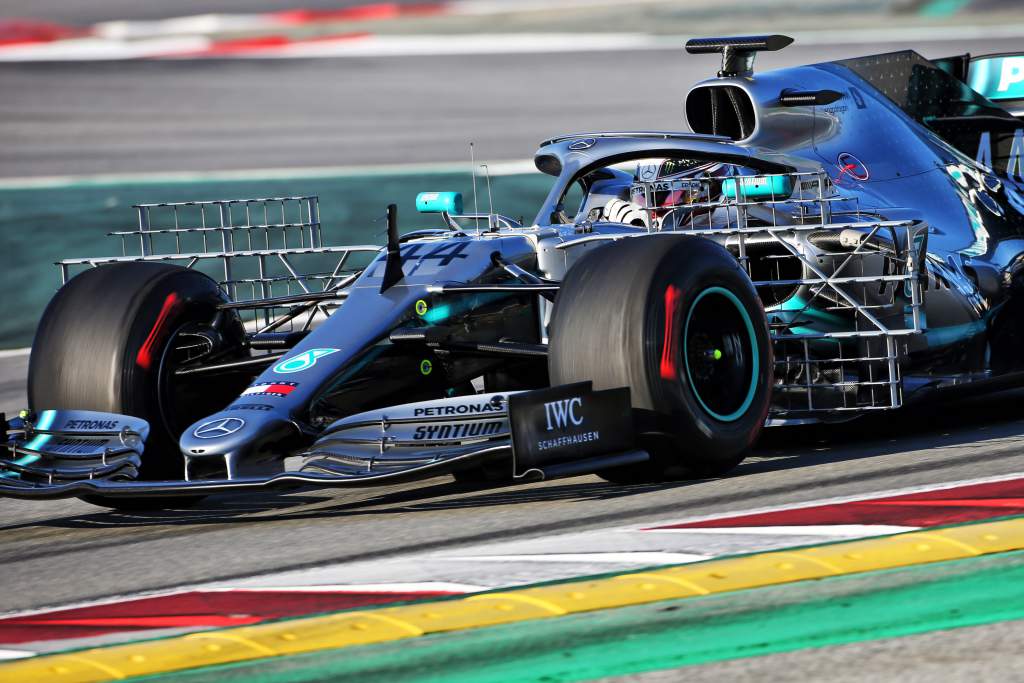
Just as the Mercedes troubles in testing this year appear to have been caused by the small but significant aerodynamic rule changes for 2021, the same appeared to be true back in 2019. To tackle the problem of turbulent air, the front wings were simplified and the geometries of the endplates limited to mitigate the outwash effect used by all teams.
Just as it had done for the more comprehensive high-downforce regulation changes two years earlier, Mercedes opted to run in the first test in Barcelona with a version of the car that was signed off very early – in November 2018. The aero package could then be manufactured and used for the first four-day test in Barcelona.
Technical director James Allison explained the thinking behind this at the end of that season.
“We did the same thing in 2017,” said Allison. “There was a reasonable aero reg change in 2017 and we built two cars then. It was exactly the same rationale, knowing that at the beginning of big changes the slope is so steep – a week finds you a tenth, two weeks 0.2s – that could be such a big difference when you come to line up on the grid that you want to make sure that you build your final set of clothes as close to the death as possible.
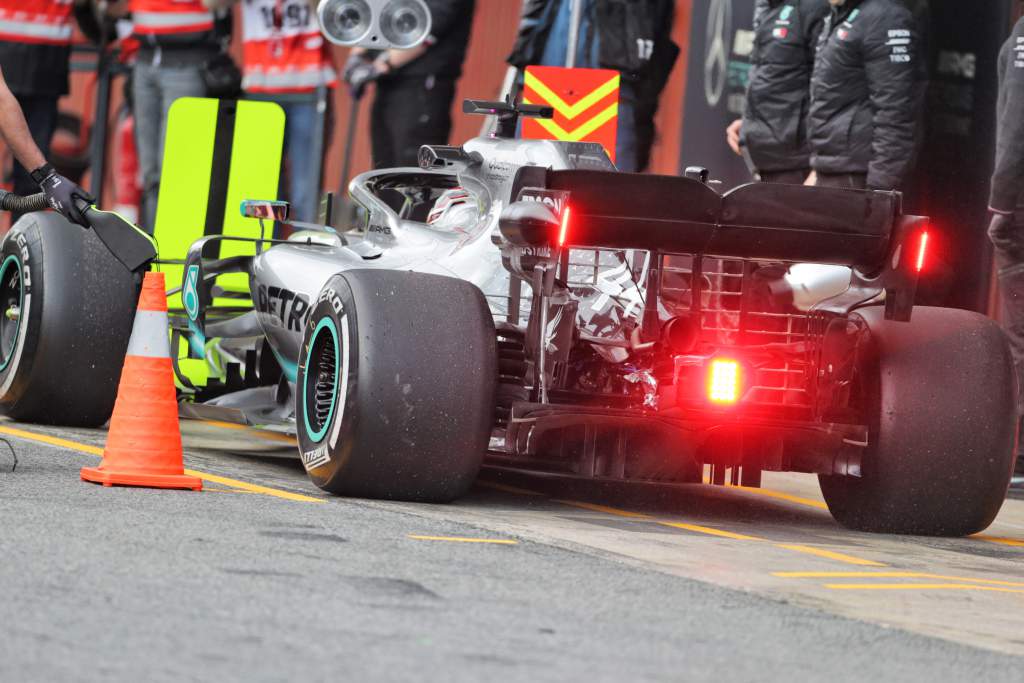
“So the second week is better than first week from that point of view.
“But more importantly, if you’ve got everything out of the way good and early by releasing an uncompetitive set of clothes, then you have got more of your factory horsepower available to focus on the upgrade package, which means you can leave it later still.
“It might take you six or eight weeks to make a floor or whatever. If you’ve got more of your composites department available and more of your machining capacity available, you can do it in a shorter [time].
“So not only have you bought the extra week by going to the second test rather than the first, but you’ve bought an extra couple by having more of your physical resource available to work on it because they are not working on everything else.
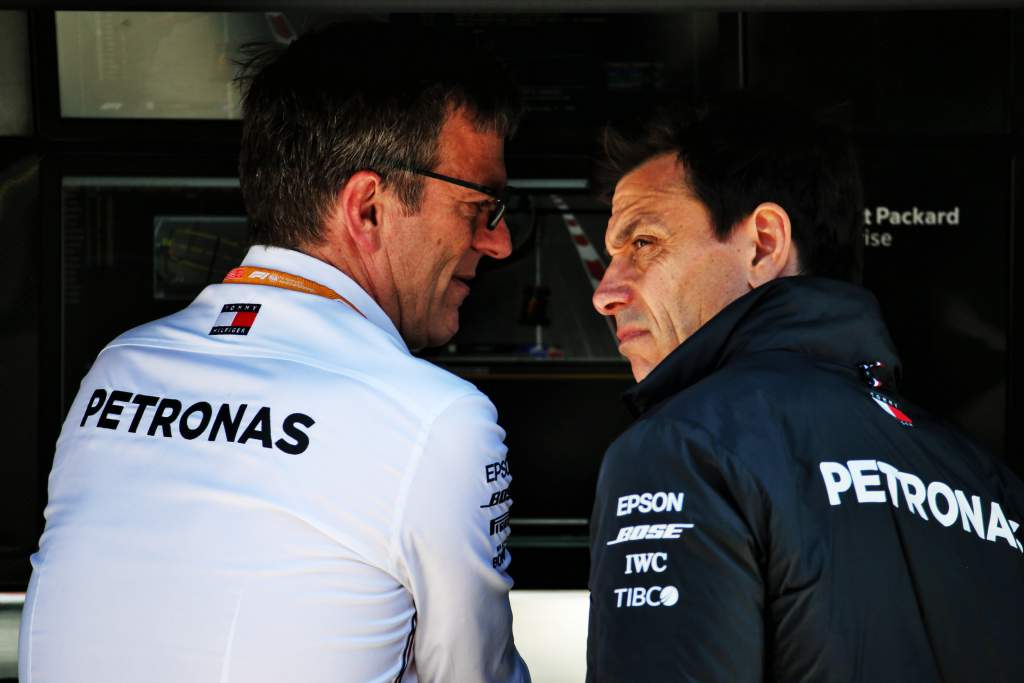
“So we did that in ’17 and we judged that ’19 was going to be sufficiently big a thing that it would be worth the effort again. That very clear to us at the point where our first windtunnel run [to the new rules] was 2.5s down, 25% down.
“We knew that the line would look like that [steep] and this method of working would probably reward us.”
So with the early version of the car signed off and produced, the decks were cleared to manufacture the ‘real’ pre-season test specification and further upgrades for the first race as late as possible.
The first test was therefore dedicated to basic testing, leaving the second four-day test to apply the new arts and extract the performance. Therefore, taken at face value it was no surprise that Mercedes seemed to be a long way behind in that first test. Its car was effectively a time capsule to a much earlier stage of development.
But for much of the second test, that anticipated performance proved elusive.
“We knew that the week-one car would not be competitive,” said Allison. “But we knew that the week-two car would have a lot more performance because of the steepness of the development gradient at the time. We felt that doing those two cars was the best way to get the maximum amount of performance in Melbourne.
“So in week one we were looking at Ferrari just effortlessly battering us, not knowing exactly what fuel load they were running or how hard they were trying or if they had a big upgrade coming in week two.
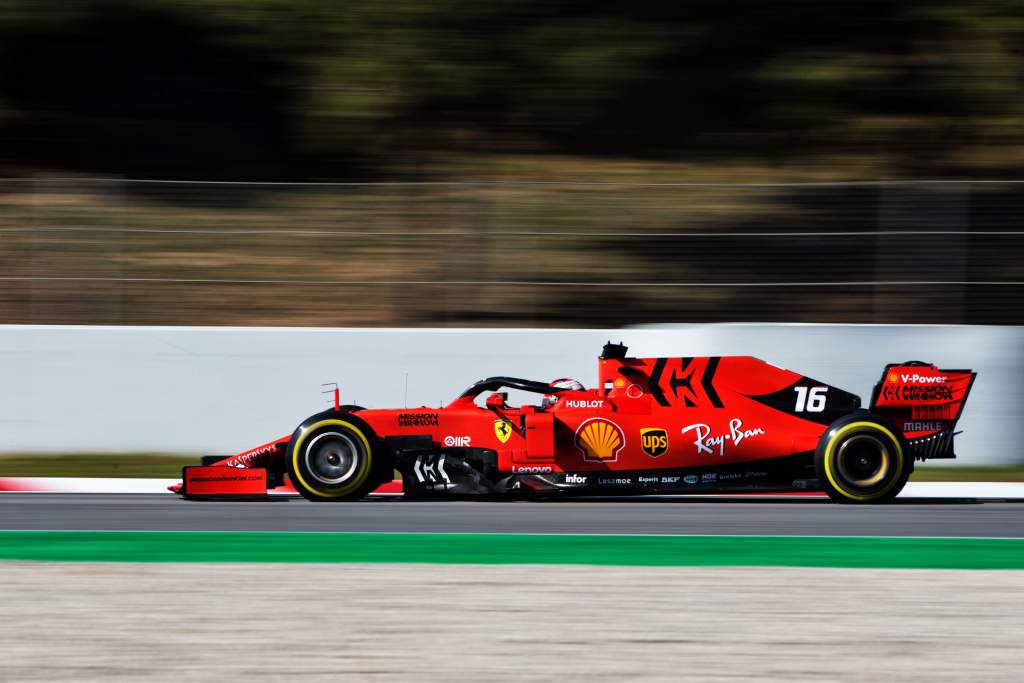
“But we were sitting there and thinking ‘well, if we’re lucky and they don’t have an upgrade coming of any great magnitude in week two and if they’ve got more or less the same sort of fuel we’re running on and if we deliver everything we think we’re going to deliver, then we should be somewhere in the fight’.
“And then week two rolled around and days one to three we were thinking ‘where’s all this enormous performance that we thought we had just bolted on the car?’, and then luckily getting it together on day four.”
While Ferrari and Vettel still set the fastest laptime in testing, Lewis Hamilton’s best mark was only three-thousandths of a second slower. But there was a hint of a bigger advantage for Ferrari given Vettel gave away several tenths in the final sector on his best lap. Mercedes was clearly far closer with its real-deal car, but still Ferrari was justifiably reckoned to have the edge.
Even inside Mercedes, there was the same belief. While confidence was high that the trajectory of development would mean it had the best car over the whole season, the expectation was that it would take a little time to show it.
It was therefore a surprise to everyone when Lewis Hamilton claimed pole position in Melbourne, seven-tenths of a second faster than the lead Ferrari of Vettel. This prefaced a one-two finish and the first of eight consecutive victories.
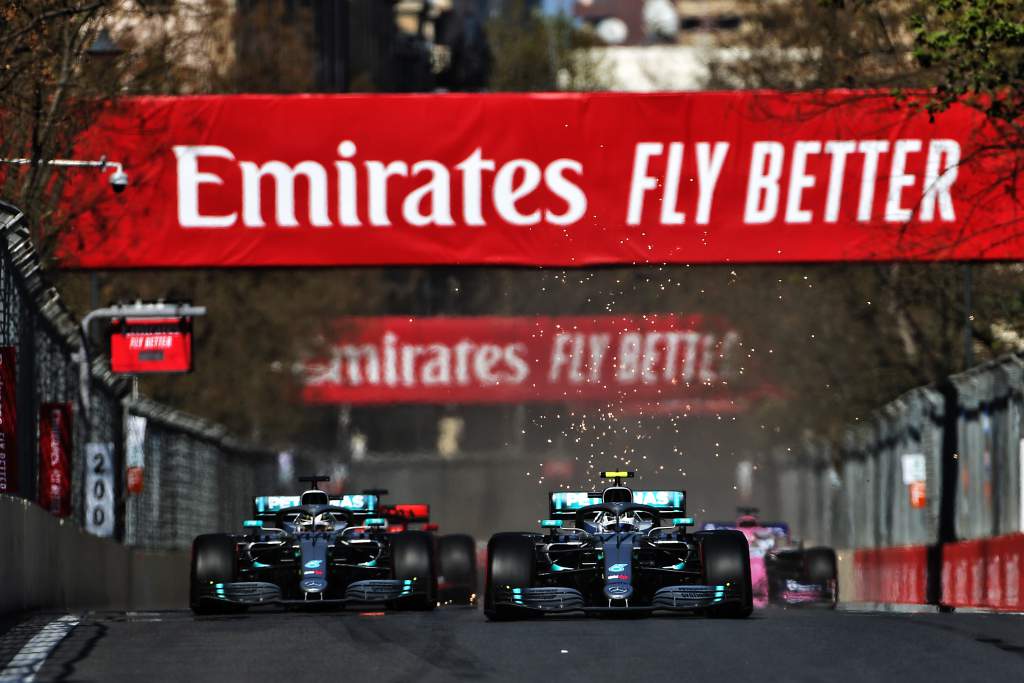
No wonder people saw what happened in testing as sandbagging, even though the reality was more complicated than that.
The key to the success was the set-up clicking, combined with further upgrades for Melbourne. But while the myth is of a Mercedes team serenely gliding through pre-season knowing everything would be fine, the reality behind the scenes was a little different.
“If you want to live out an amazing experience, then our winter and the opening races was a fantastic rush of contrasting emotions,” said Allison. “We went to the first race expecting to be beaten, but expecting to be better than everyone felt we were because everyone would assume that our pace on the last day of winter testing was just because we’d taken the fuel out.
“We felt that we would be somewhere behind Ferrari, but not embarrassingly slow, and that we would then be able to have a strong early part of the year to catch up on pace and then maybe the middle third, half of the year to catch up on the points and then a brilliant final part.
“Toto [Wolff] gave a stirring speech before we left about the scale of the challenge we face, but [that] if we wanted to show everyone that we were worthy winners then there’s no better way than this. So that’s how it felt.
“Then we go to the first race and actually find out that we were pretty decent and see the shocked looks on Ferrari’s faces and rubbed that in over the next couple of races, with a little stumble here and there from them and continuing good performance from us.”
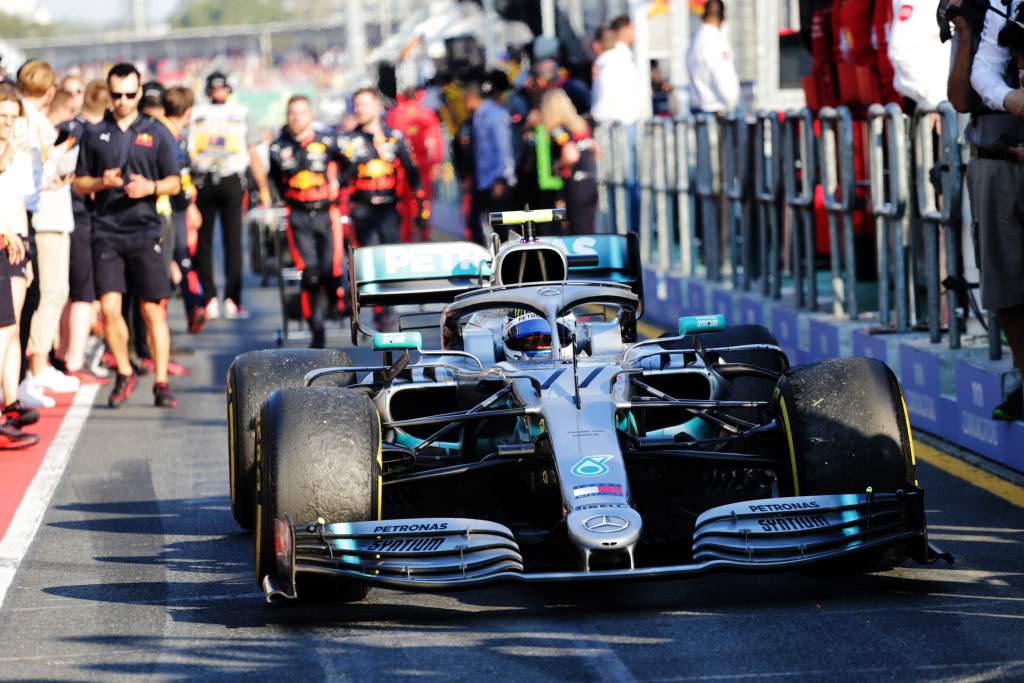
Just to underline how much progress Mercedes made, by the time F1 returned to Barcelona for the Spanish Grand Prix the Silver Arrows introduced further upgrades that resulted in the team’s biggest pace advantage over the season. Ferrari, meanwhile, squandered opportunity after opportunity – it’s often forgotten that it should have had a one-two finish in the second race in Bahrain but for Charles Leclerc’s engine problem and Vettel’s spin.
So what does 2019 tell us about what might be happening now? Much of the detail is completely different, not least because there was just a single three-day test this year. This means that while there will likely be improvements for the Bahrain GP weekend, it’s not going to be a different car. Instead, it’s going to be about understanding the reason for the rear-end instability and fixing it to access the underlying potential. So it all comes down to how easy it is to solve the problem.
Arguably, what happened in 2017 is more illuminating. Then, Mercedes looked strong in testing but so did Ferrari. Inevitably, Mercedes went on to dominate the season but in testing there were struggles with what was described as a lack of robustness with the floor. Once on top of that, which didn’t take long, Mercedes generally set the pace outside of the slower tracks where the Ferrari excelled.
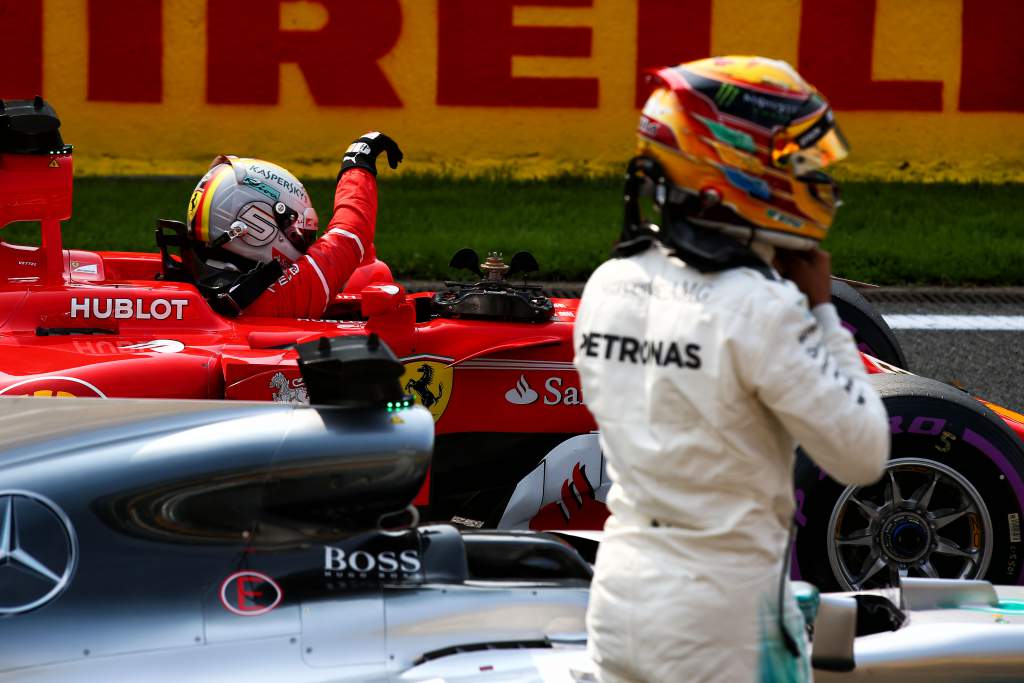
But the biggest lesson is that it’s never as simple as a game of sandbagging. With only three days of testing – on top of the two available 100km promotional days, one of which Mercedes used yesterday – teams had a huge amount of work to do this year.
100km ✅ Filming Day content coming soon. 🙏 pic.twitter.com/gvuNjkT56t
— Mercedes-AMG PETRONAS F1 Team (@MercedesAMGF1) March 16, 2021
Playing games simply wastes valuable time, especially given the need to pile as much development resource as possible into the 2022 car for the new regulations. Most likely, inside Mercedes the feeling is similar to what it was in 2019 – that of there being work to do but with the fundamentals in place to come on strong.
None of this means we saw the true pace of Mercedes in testing, because even then it’s about running a programme that best suits the team. Much as everyone on the outside would like to see all cars running in qualifying trim, the big teams simply do not do that. But that’s not part of some elaborate bait-and-switch trick that will pull the rug out from underneath Red Bull.
The most significant impact of memories of 2019 is that it’s a reminder of how effective Mercedes is.
While it might have a little work to do to re-optimise for the modified aerodynamic regulations, we’ve only seen the car in action at one track where rear grip and traction is critical and there’s enough time to get things working in time for the race.
Tales of sandbagging might sound fun, but they are reductive even if top teams are reluctant to show their hands and will hide technical details where possible. As Allison explained when it came to 2019, the reality is always far more complicated, and fascinating.







